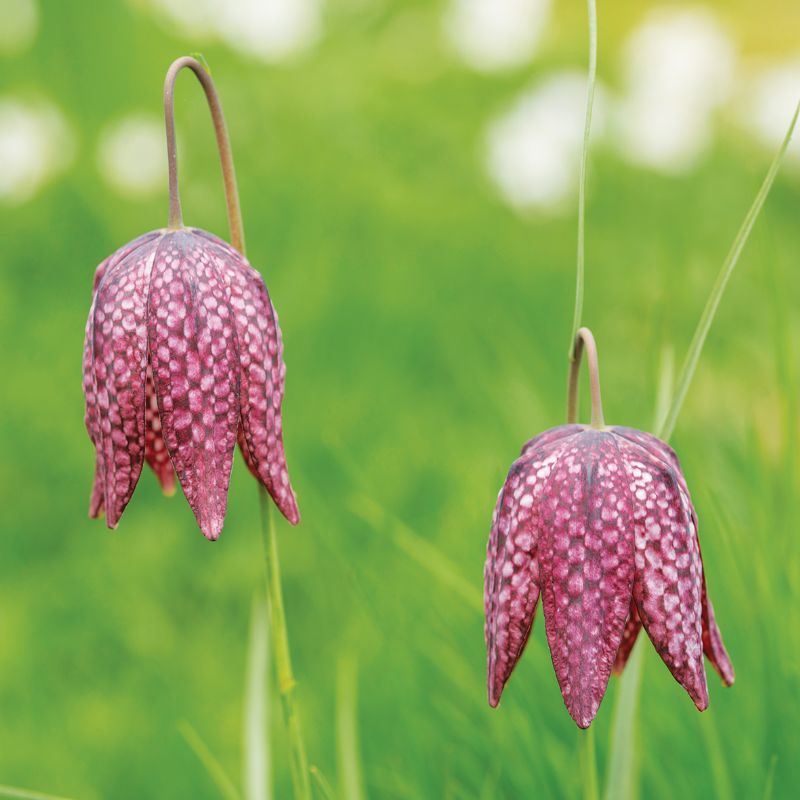- Home
- News, Articles & Reviews
We are hiring! Please click here to join our growing magazine delivery team in Gloucestershire!
Areas
Pets & Wildlife
Archive

Snake or fake?
All Areas > Pets & Wildlife > Wildlife Matters
Author: Dorothy Glen, Posted: Wednesday, 23rd March 2022, 09:00
There are so many wonderful signs of life that appear through April, as our wild world really wakes up and surges towards the summer. I had planned to write about adders, and then found a couple of interesting other snake-ish things too. And what better month to include a few April fool type facts? So – true or false?
Female adders swallow their young when under threat, and regurgitate them later, unharmed.
False. This is folklore, along with the amusing belief that holding a pigeon or chicken on an adder bite would act as a remedy.
Adders, with a striking dark zig-zag down their backs, are our only venomous snake here in the UK. Males emerge from hibernation in March and can be seen basking in the sun to store energy for mating when the females emerge in April. Males then engage in elaborate ‘dances’ to fight for access to females.
Rather than laying eggs, the females incubate their young internally (thought to be an adaption to a cooler climate) and birth live young in late summer. Adders won’t bite unless provoked – do look out for them basking, and keep dogs on leads.
Snakeshead fritillaries are actually named after guineafowl.
True. Snakeshead fritillaries are one of the UK’s most exotic-looking wild-flowers. Blooming in late April, their nodding flowers do look a little snake-like, and their chequerboard pattern is reminiscent of scales. But their latin name – Fritillaria Meleagris – actually means ‘spotted like a guineafowl’.
Fritillaries are classified as vulnerable and can only be found in specific sites in central and southern England. I have seen them at Gloucestershire’s Batsford Arboretum, and one of their big success sites is Iffley Meadows in Oxford.
Slow worms are snakes, not worms.
False. Slow worms are neither snakes nor worms – they are, in fact, legless lizards. Slow worms are commonly found in gardens and allotments where they are often mistaken for snakes. They grow to 40-50cm long, whereas adders – themselves half the size of grass snakes – grow to 60-80cm.
Slow worms are recognisable as lizards because they blink, whereas snakes don’t have eyelids. They also have no neck region behind the head like snakes do. Like many lizards, they can shed their tails as a defence mechanism. The tails continue to thrash, distracting the predator, and another eventually grows in its place.
Now you can enjoy showing off these interesting facts and impressing your friends!Copyright © 2025 The Local Answer Limited.
Unauthorized use and/or duplication of this material without express and written permission from this site's author and/or owner is strictly prohibited. Excerpts and links may be used, provided that full and clear credit is given to The Local Answer Limited and thelocalanswer.co.uk with appropriate and specific direction to the original content.More articles you may be interested in...


© 2025 The Local Answer Limited - Registered in England and Wales - Company No. 06929408
Unit H, Churchill Industrial Estate, Churchill Road, Leckhampton, Cheltenham, GL53 7EG - VAT Registration No. 975613000You are leaving the TLA website...
You are now leaving the TLA website and are going to a website that is not operated by us. The Local Answer are not responsible for the content or availability of linked sites, and cannot accept liability if the linked site has been compromised and contains unsuitable images or other content. If you wish to proceed, please click the "Continue" button below:




